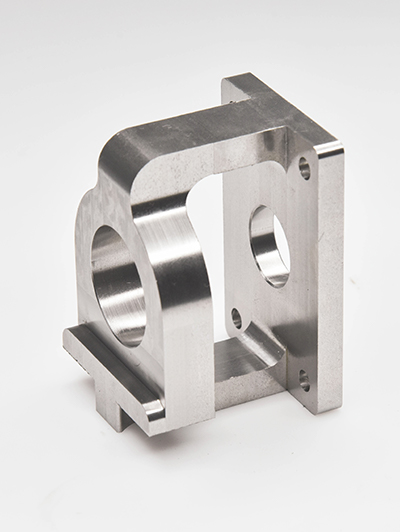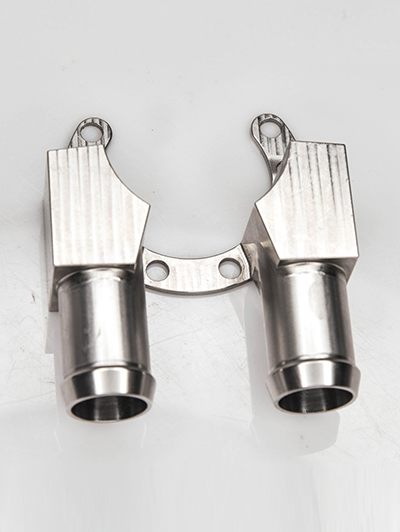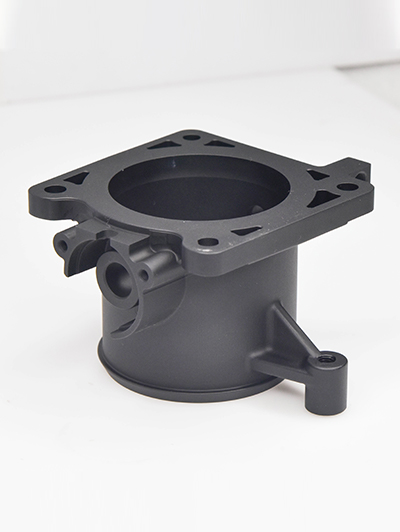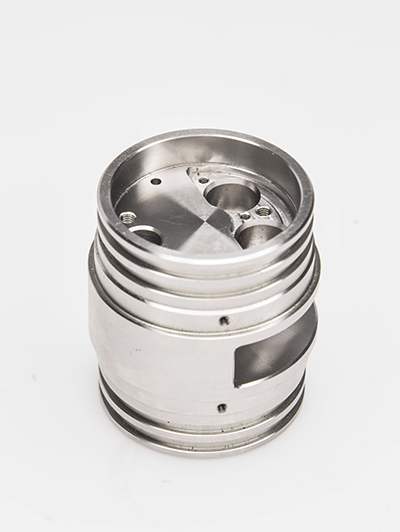Wire EDM Precision Cutting
What are the advantages of milling in industrial production?
Milling processing has many advantages in industrial production, including:
1. Versatility: milling processing can be used to process workpieces of various shapes, including planes, slots, holes, curves, etc., with a large processing range and flexibility.
2. High precision: Milling can obtain high machining accuracy and dimensional control, which is suitable for the machining of parts with high precision requirements.
3. high efficiency: milling processing can achieve rapid metal cutting, can be completed in a relatively short period of time a large number of workpiece processing, improve production efficiency.
In summary, milling processing in industrial production with high precision, high efficiency, versatility and other advantages, applicable to a variety of workpiece processing needs, is a commonly used metal processing methods.
Enhancing Efficiency in Aerospace Technologies
1. Implementing advanced automation and robotics: By utilizing automated systems and robotics in aerospace technologies, tasks can be performed more quickly and accurately, leading to increased efficiency. This includes automated systems for manufacturing, inspection, maintenance, and handling of materials.2. Adopting digital twin technology: Digital twin technology allows for real-time monitoring and simul...
Cutting-edge Machining of Unique Materials
Advancements in technology have allowed for the cutting-edge machining of unique materials that were previously difficult to work with. This has opened up new possibilities for manufacturing industries, allowing for the production of components and products that were once thought to be impossible.One such material that has benefited from cutting-edge machining techniques is carbon fiber. Carbon fiber is a l...
For what types of machining are milling and grinding applicable?
Milling and grinding are common machining methods in metalworking, and they are suitable for different machining needs and situations:Milling is suitable for the following machining methods:1. face milling: milling on the surface of the workpiece with a plane milling cutter, suitable for machining flat surfaces, slots, holes, etc.2. vertical milling: milling cutter in the workpiece up and down the two sides...
What are the differences between milling and grinding machines in machining processes?
Milling machine and grinding machine are common equipment in metal processing, they have the following differences in the process:1. Principle: Milling machine cuts the workpiece through rotating tools to achieve material removal; while grinding machine uses grinding action to grind the surface of the workpiece through grinding wheels to remove the uneven part of the surface.2. Machinable shapes: Milling ma...
Shape accuracy detection
In addition to dimensional accuracy, the shape accuracy of the parts cannot be ignored. Detect shape errors such as roundness, cylindricity, and flatness of parts using equipment such as roundness meters and contour meters. For example, when processing high-precision bearing rings, the accuracy of roundness and cylindricity directly affects the rotational accuracy and service life of the bearing.
Dimensional accuracy testing
Using advanced measuring tools and techniques, such as coordinate measuring instruments, optical imagers, etc., to accurately measure the dimensions of parts. For precision parts, dimensional tolerances are usually controlled at the micrometer level, so high-precision measuring equipment is required to ensure the accuracy of the test results. For example, when processing precision molds for mobile phone chi...
- +86 13603025252
-

WhatsApp
- info@jiujucnc.com





